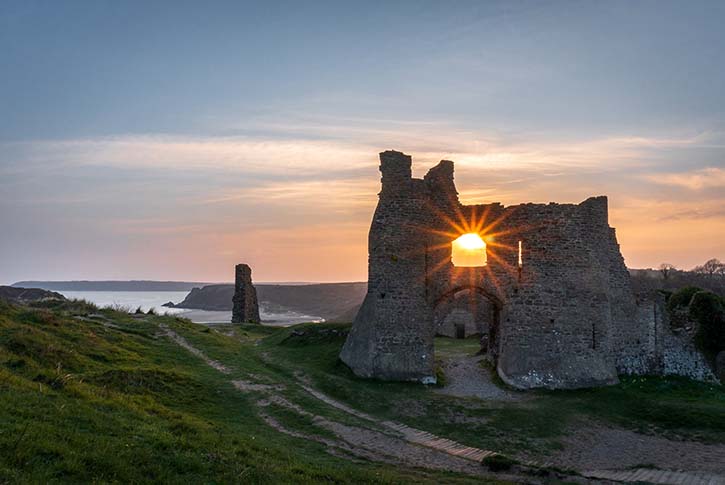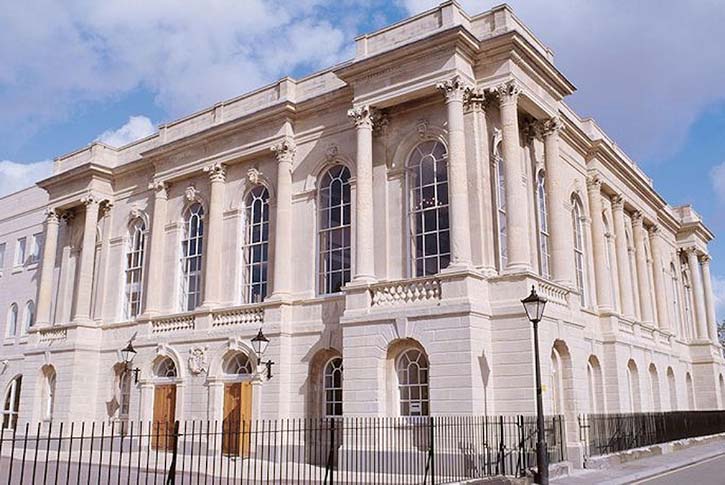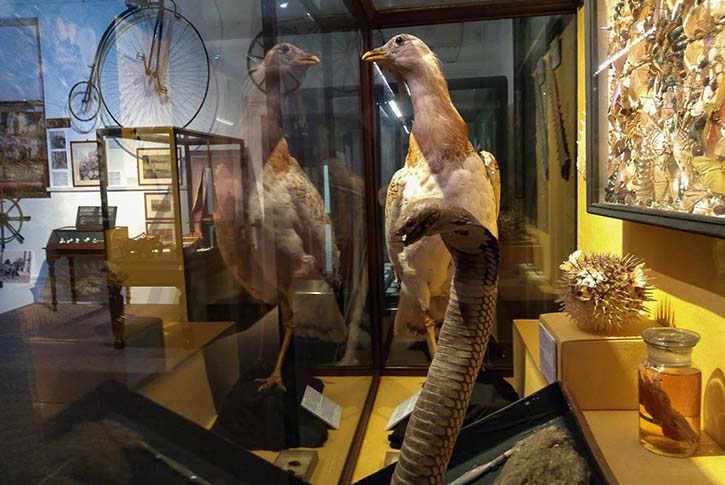Exploring the Cultural Heritage of Swansea
- by Filip

My recent adventure to Swansea left an indelible mark on my travel memories. The city’s rich cultural heritage, stunning landscapes, and enchanting stories had me spellbound from the moment I arrived. I’ll take you through my journey of exploring the cultural heritage of Swansea, sharing the interesting encounters and the captivating tales that unfolded before me.
A Mythical Beginning: Pennard Castle
My Swansea adventure began with a visit to the breathtaking Pennard Castle, often referred to as the “Castle of the Fairies.” It’s perched on a hill, surrounded by rolling sand dunes, and with panoramic views of Three Cliffs Bay. As I gazed at the castle’s ruins, I couldn’t help but feel as though I had stepped into a fairy tale.
The entry fee for Pennard Castle was a mere £2, a small price for the enchantment that awaited me. The site was open throughout the year, and December offered a uniquely mystical atmosphere with the mist rolling in from the sea. It was like something out of a storybook.
As I wandered the castle’s grounds, I learned about the legend of the “Fairies’ Chapel.” According to local folklore, a local knight once fell in love with a fairy princess. Their love was forbidden, but they secretly met at the chapel. The knight, desperate to be with his fairy love, climbed the cliffs to reach her, but he slipped and fell to his death. The chapel was said to have been the place of their forbidden love. It’s stories like these that make the ruins of Pennard Castle not just a historic site but a place of enchantment and wonder.
Dylan Thomas Centre: The Spirit of Poetry

No visit to Swansea is complete without delving into the legacy of the iconic Welsh poet, Dylan Thomas. I made my way to the Dylan Thomas Centre, where the entry fee was a mere £4. This center is dedicated to preserving the memory of this literary genius and showcases a treasure trove of memorabilia and manuscripts.
One of the most fascinating items on display is a collection of poems written by Dylan Thomas during his school days, a testament to the early spark of creativity that would later illuminate the literary world. The center also features a recreation of the writing shed where Thomas created some of his most celebrated works, complete with his writing desk and whiskey bottles.
A visit to the Dylan Thomas Centre isn’t just a brush with literary history; it’s a chance to immerse yourself in the spirit of a man whose words continue to inspire and resonate with people around the world. It was as though his presence still lingered in the air, and I left with a deeper appreciation for the power of words and storytelling.
National Waterfront Museum: A Maritime Adventure
The National Waterfront Museum is a testament to Swansea’s maritime heritage and industrial past. As I explored its exhibits, I was struck by the interactive and immersive experiences it offered. The best part? It was completely free! The museum’s commitment to accessibility and education was evident in its wide range of exhibits, making it a great spot for families and history enthusiasts.
One of the most captivating exhibits was the recreation of an old candy store. The nostalgia it evoked was truly remarkable. The glass jars filled with colorful sweets, the vintage cash register, and the retro packaging took me back in time. It was a sweet journey through history.
The “Tinplate Works” exhibit was another highlight, offering a glimpse into the industrial revolution and the vital role Swansea played in it. The sight of massive machines and the deafening clang of metal gave me a visceral understanding of the hard work that had shaped the city.
Swansea Museum: Stories of Resistance

The Swansea Museum, the oldest in Wales, provided a fascinating window into the city’s past. The best part? It was also free! As I wandered through its halls, I came across a collection of artifacts that told stories of resistance and rebellion.
One exhibit was dedicated to the Rebecca Riots, a series of protests against the high tolls on Welsh roads. The men who took part in these protests disguised themselves as women, invoking the name “Rebecca” to hide their identities. The display of their colorful and cunning disguises was a reminder of the lengths people would go to fight for their rights.
Another moving exhibit was dedicated to the history of Swansea’s copper industry and the lives of the miners. It featured a recreation of a miner’s cottage, complete with its cramped quarters and meager possessions. The stark contrast to the opulence of the city’s maritime history was a poignant reminder of the working-class struggles that had also shaped Swansea.
A Day on the Gower Peninsula: Nature’s Beauty
While Swansea’s cultural heritage was enthralling, I couldn’t resist the allure of the Gower Peninsula. A short drive from the city, it offered a chance to explore the natural beauty that had inspired poets and artists for generations.
My visit to Rhossili Bay was like stepping into a postcard. The sweeping, golden sands and the backdrop of Worm’s Head were a sight to behold. The coastal path offered a gentle hike with breathtaking views of the bay, and the price for the experience was simply the cost of a packed lunch and a sense of wonder.
The iconic Three Cliffs Bay was another stop that beckoned with its rugged charm. The tidal island and the dramatic limestone cliffs were a testament to the raw beauty of nature. It was an ideal spot for a coastal walk, and the best part? Nature’s beauty was free for all to enjoy.
Swansea’s Industrial Past: The Hafod Copperworks
To further understand Swansea’s history, I set out to visit the Hafod Copperworks, a significant site that played a pivotal role in the city’s industrial development. With an entry fee of £5, I embarked on an enlightening journey through time.
The copperworks, set against the backdrop of the River Tawe, is a testament to Swansea’s industrial heritage. The guided tour, which lasted approximately 90 minutes, provided a comprehensive insight into the processes of copper production. From the towering blast furnaces to the remnants of the workshops, the site was a living history book.
The highlight of the tour was the blowing engine house, where I marveled at the colossal machinery that powered the copper smelting process. The guide’s explanations and vivid descriptions brought the industrial revolution to life. As I stood amidst the ruins, I could almost hear the clanging of metal and the roar of the furnaces, a symphony of progress and industry.
Exploring the manager’s house was another fascinating aspect of the tour. The preserved rooms provided a glimpse into the lives of those who oversaw the copperworks. The contrast between the opulence of the house and the gritty work happening outside was striking, emphasizing the socio-economic dynamics of the era.
My visit to the Hafod Copperworks was not just an educational experience but also a window into Swansea’s evolution from an industrial powerhouse to the vibrant city it is today. I left with a profound appreciation for the people who toiled in these factories, shaping the city’s destiny.
My tip for fellow explorers: Wear comfortable walking shoes, as the terrain can be uneven and hilly. The guided tour is informative, so don’t hesitate to ask questions and engage with the guide to enhance your understanding of the site’s history.
The Elysium Gallery: A Contemporary Art Haven
Swansea’s cultural scene isn’t confined to its past; it’s also a thriving hub of contemporary art. To delve into the city’s artistic landscape, I visited the Elysium Gallery, an independent art space that promotes and exhibits the work of emerging artists.
The gallery is open to the public free of charge, which makes it accessible to all art enthusiasts. Upon entering, I was greeted by a vibrant and ever-changing collection of contemporary art, including paintings, sculptures, and multimedia installations. The diversity of artistic expressions was truly captivating.
What sets the Elysium Gallery apart is its commitment to supporting local artists. As I explored the gallery, I had the opportunity to engage with some of the artists themselves, gaining insights into their creative processes and the inspiration behind their work. The intimate and welcoming atmosphere made it easy to connect with the art on a personal level.
During my visit, I was fortunate to witness an artist at work in the gallery’s studio space. This interactive experience allowed me to see the creative journey from concept to realization. The artist graciously shared their thoughts and techniques, making it a unique and immersive encounter.
I spent approximately two hours at the Elysium Gallery, soaking in the contemporary art scene and engaging with the artists. It was a refreshing and inspiring experience that showcased Swansea’s vibrant and evolving cultural landscape.
Keep an eye on the gallery’s schedule for special exhibitions and events. The Elysium Gallery often hosts artist talks and workshops, providing deeper insights into the world of contemporary art.
As I say goodbye to Swansea, I am filled with awe and appreciation for the city’s cultural heritage and the rich stories it incorporates into the landscape. The city had welcomed me with open arms, allowing me to immerse myself in its history, literature, and industrial past.
I also left with a newfound admiration for Swansea’s commitment to making its cultural treasures accessible to all, ensuring that its heritage continues to be a source of inspiration and wonder for generations to come. Swansea, with its stories and landscapes, had cast a spell on me, and I knew I would return to this enchanting city someday, ready to explore even more of its cultural riches.
My recent adventure to Swansea left an indelible mark on my travel memories. The city’s rich cultural heritage, stunning landscapes, and enchanting stories had me spellbound from the moment I arrived. I’ll take you through my journey of exploring the cultural heritage of Swansea, sharing the interesting encounters and the captivating tales that unfolded before…
Recent Posts
- Darwin’s Seafood Feast: An Epicurean Trail Through the Top Sea-to-Plate Restaurants
- Tropical Natural Wonders: Exploring the National Parks Around Darwin
- Darwin Harbour Odyssey: Where History, Scenery, and Vessels Converge
- Flying from Cairns to Darwin: Flight Time, Cost, and Booking Tips
- Cairns Family-Friendly Hotel: A Perfect Stay for the Whole Family